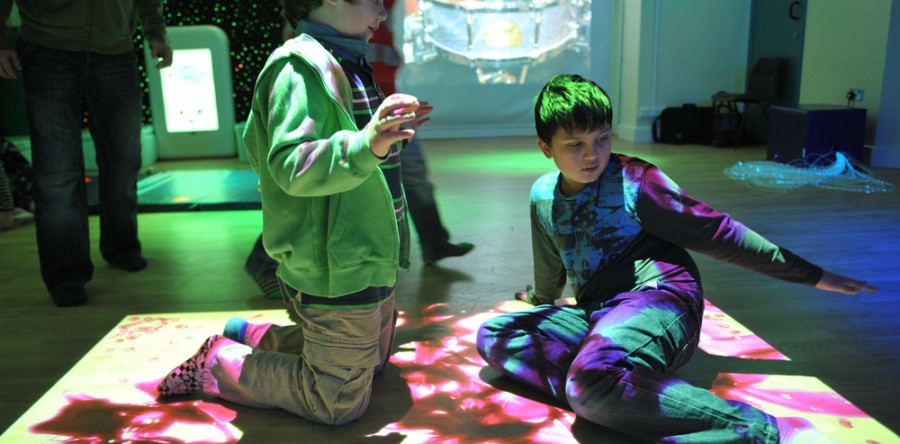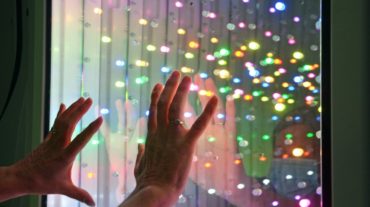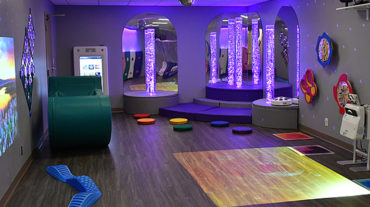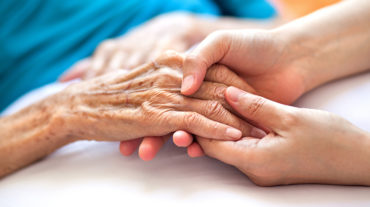Snoezelen For Challenging Behavior
People across the full age range can experience difficulties with coping with life’s changes.
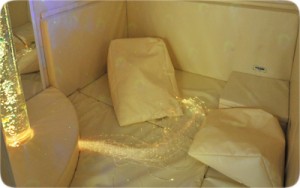 When people experience life changes, and find it difficult to cope, negative thoughts can build and emotion can be displayed/expressed in ways that society find hard to cope with and understand. There are many difficult behaviors that services encounter including chewing and eating non-food items, spitting, screaming and shouting, hitting, and swearing. Service users can pose a risk to others or harm themselves. Restructuring thinking patterns via talking therapy may be a solution, which can take place in a traditional multi sensory area with inclusions such as mirror balls, projectors, bubble tube, music...all selected to calm and soothe the individual receiving the therapy. Clients, however, may opt to create a very different intervention such as de-escalation spaces for their service users who have more complex needs.
When people experience life changes, and find it difficult to cope, negative thoughts can build and emotion can be displayed/expressed in ways that society find hard to cope with and understand. There are many difficult behaviors that services encounter including chewing and eating non-food items, spitting, screaming and shouting, hitting, and swearing. Service users can pose a risk to others or harm themselves. Restructuring thinking patterns via talking therapy may be a solution, which can take place in a traditional multi sensory area with inclusions such as mirror balls, projectors, bubble tube, music...all selected to calm and soothe the individual receiving the therapy. Clients, however, may opt to create a very different intervention such as de-escalation spaces for their service users who have more complex needs.
These might be rooms that have thick cushioned walls and floors, and can be considered controversial by some. These spaces enable individuals who want or need to engage in throwing their bodies against the floor or wall, or seek repeated impact with a particular part of their body to self soothe or obtain proprioceptive/tactile input (via a fist or head for example) to do so in a safe place with the minimum possible risk. Some of these rooms may include calming elements such as colored lighting, music or scent that can be chosen by the service user so they can personalize the area.
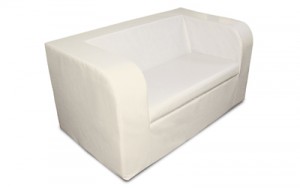 Some clients choose a more activity-based intervention. For example, clients who experience a build-up of anger and feel that they want to hit at something or are sensory seekers and do so for self-management may find interactive wall panels useful. An example of a product that can meet these needs is Cardiowall, a game designed to be struck at force with many different elements of grading and progressively difficult activities. One is gaining the input they need while focusing and concentrating on an activity that can be graded (altered to be made easier or more difficult), using hand/eye co-ordination, gross motor function, or orientation to complete the task.
Some clients choose a more activity-based intervention. For example, clients who experience a build-up of anger and feel that they want to hit at something or are sensory seekers and do so for self-management may find interactive wall panels useful. An example of a product that can meet these needs is Cardiowall, a game designed to be struck at force with many different elements of grading and progressively difficult activities. One is gaining the input they need while focusing and concentrating on an activity that can be graded (altered to be made easier or more difficult), using hand/eye co-ordination, gross motor function, or orientation to complete the task.
Some clients may take a different perspective and choose a space that is designed for more interactive play. Soft play environments enable individuals to gain the sensory input they seek, possibly throwing their bodies around the space with minimal harm. Although these aren’t traditional Snoezelen Multi-Sensory Spaces, there is growth in multipurpose spaces. Spaces that include a mix of interactive areas, like ball pools, where people can experience a variety of tactile input (from the shape of the balls and, if selected, vibration). Ball pools can also be lit from the base, and provide music, with the client being able to select their choice of color and music – a personalized multi sensory experience!

